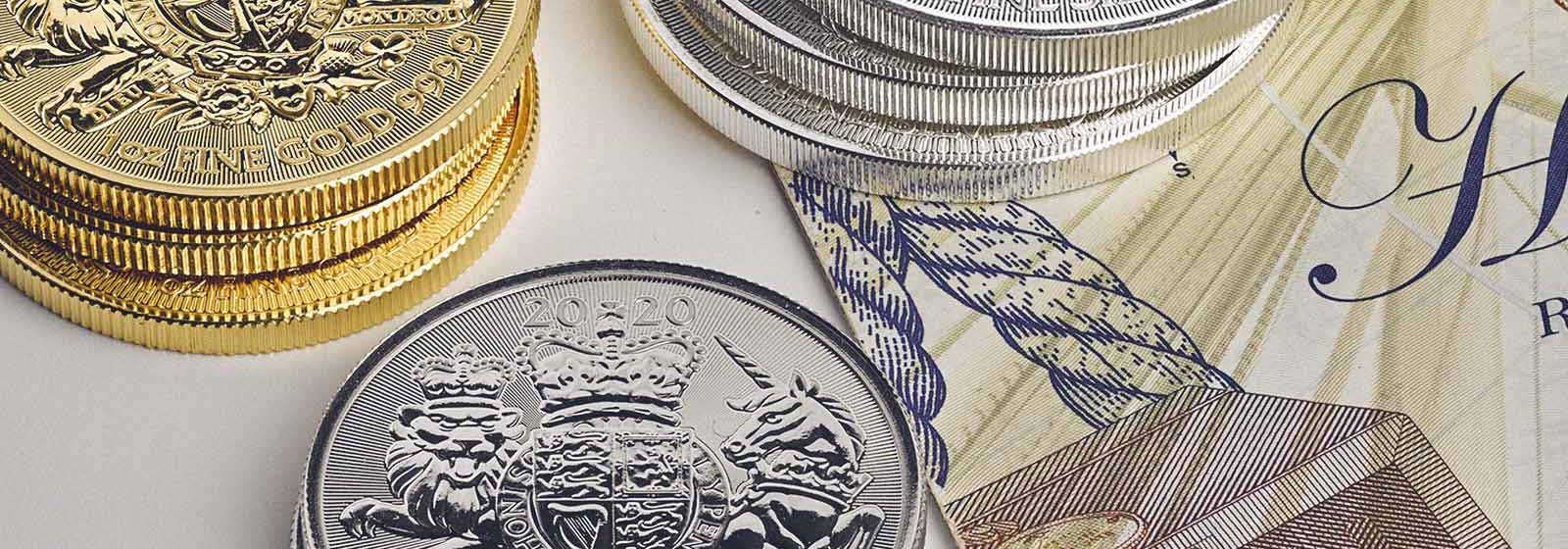Introduction to the 4Cs
In the realm of diamonds, understanding the 4Cs—Cut, Color, Clarity, and Carat Weight—is paramount to making an informed purchase. These factors not only determine the quality and value of a diamond but also influence its brilliance, beauty, and overall desirability. Let’s delve into each of these elements to grasp their significance in selecting the perfect diamond.
Cut: Unveiling the Sparkle
Cut is often regarded as the most critical factor in a diamond’s allure. It refers not only to the shape of the diamond but also to how well the diamond cutter has crafted its facets to interact with light. A well-cut diamond reflects light from one facet to another and projects it through the top of the stone, resulting in its sparkle and fire. 4cs of Diamonds are typically graded on a scale from Excellent to Poor based on their cut quality, with Excellent cuts exhibiting maximum brilliance.
Color: Grading the Spectrum
Diamonds come in a variety of colors, ranging from colorless to light yellow or even brown. The Gemological Institute of America (GIA) grades diamonds on a scale from D (colorless) to Z (light yellow or brown), with D being the most desirable for its rarity and lack of color. Colorless diamonds allow more light to pass through, enhancing their brilliance and value.
Clarity: Nature’s Imprint
Clarity refers to the presence of inclusions and blemishes within the diamond, which are natural characteristics formed during its growth. These imperfections can affect how light passes through the stone and are graded from Flawless (no inclusions visible under 10x magnification) to Included (inclusions visible to the naked eye). Diamonds with higher clarity grades are more rare and valuable due to their purity and transparency.
Carat Weight: Size Matters
Carat weight is perhaps the most recognizable factor in diamond valuation, referring to the diamond’s weight rather than its size. One carat equals 0.2 grams, and larger diamonds are rarer and therefore more valuable. It’s essential to note that while carat weight affects a diamond’s price, the overall value is also influenced significantly its cut, color, and clarity.
How the 4Cs Interact
The interaction between the 4Cs is crucial in determining a diamond’s overall quality and value. For instance, a diamond with a lower carat weight but exceptional cut, color, and clarity may appear more beautiful and valuable than a larger diamond with inferior characteristics. Understanding this interplay allows buyers to prioritize which factors are most important to them when choosing a diamond.
Choosing the Perfect Diamond
When selecting a diamond, consider what matters most to you. Are you drawn to lab made diamonds with maximum sparkle and brilliance? Then prioritize cut. Prefer a diamond that looks clear and colorless? Focus on color and clarity. Seeking a larger stone for its impressive presence? Then carat weight becomes your priority. By understanding your preferences and the significance of each C, you can confidently select a diamond that aligns with your desires and budget.
Conclusion
In conclusion, mastering the 4Cs empowers diamond buyers to make informed decisions based on quality, beauty, and value. Each C contributes uniquely to a diamond’s allure, ensuring that every diamond purchased is a reflection of both personal taste and timeless elegance.




